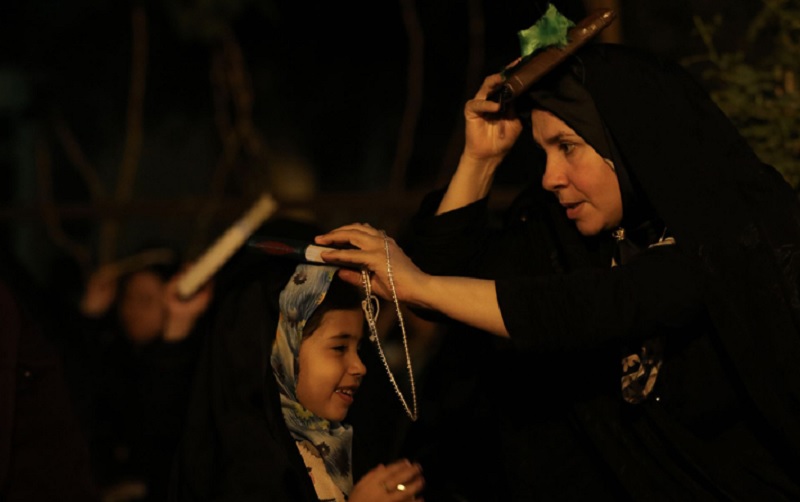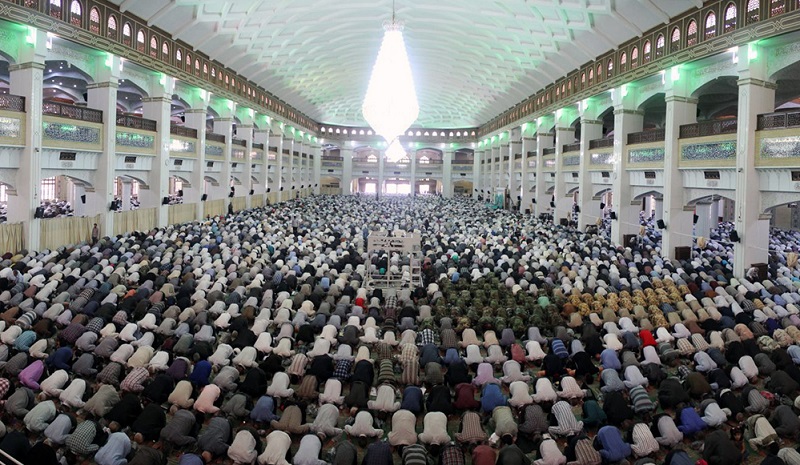Since ancient times, Ramadan has had a special place in the culture of people in Islamic countries; the passion of the Muslim people to welcome the Ramadan can be seen in the city from Mid-Sha’ban.
Ramadan is the ninth month of the Islamic calendar and is observed by Muslims worldwide as a month of fasting. In every region, It has its own customs as well as other festivals. Ramadan in Tabriz is also accompanied by special traditions and ceremonies.
In Tabriz, from the mid-Sha’ban, the invitation to the Iftar (At sunset, families hasten for the fast-breaking meal known as Iftar.) starts and the date of Iftar at each house is already determined. In populated families, in order to memorize the date of each Iftar, they are written on the calendar by the mother of the family. The people of Tabriz are generous in giving Iftar. All year round, they are waiting for giving and going to the Iftar in Ramadan and the whole family is gathering together in these days. Ramadan feasts begin with the invitation of the elderly families. If there is a new bride and groom in the family, the Iftar will be held more enthusiastically.
The Iftar table is more colorful and varied in Tabriz. In the past, Abgousht was the usual food for Iftar but today there is more variety. The Iftar table in Tabriz, usually includes soup, Ash, appetizers such as Dolma (Stuffed Grape Leaves), Kuku, Cutlet, Olivier salad and new types of other appetizers, rice and various stews like Kabab and chicken, Salad or Leaf vegetables, delicious desserts, jams, decorated dates, Halva and Nan Ahari (a kind of traditional bread of East Azerbaijan).
Tabriz Ramadan Bread or Komaj is one of the most important food items in Iftar tables. Reshte khatayi, Zulbiya, and Bamieh are also specialties of Ramadan in Tabriz.


People of Tabriz bring Komaj, Reshteh Khatayi or Zulbiya and Bamieh for the host in Ramadan feasts. People of Tabriz break their fast with tea or hot water, date, cheese, walnut, Komaj or oil bread. Every family depending on their eating habits eats light meals for the Sahari (the meal taken just before sunrise, before the day of fasting starts). People of Tabriz say “ObashDan” to the time of Sahari.
One of the most important ceremonies of Ramadan in Tabriz is the night of destiny or Laylat Al Qadr. Shia Muslims similarly believe that Laylat al-Qadr is to be found in the last ten odd nights of Ramadan but mostly on the 19th, 21st or 23rd of Ramadan with 23rd being the most important night. The 19th, according to the Shia belief coincides with the night Ali was attacked in the Mihrab while worshipping in the Great Mosque of Kufa, and died on the 21st of Ramadan. In these nights, the city of Tabriz has a different atmosphere. Mosques and most of the houses are full of mourners of Imam Ali (AS). In these nights, people distribute Nazri (free food) in most part of the city and give Iftar to poor people.

In Tabriz, women have the ceremony of “Kiseh Douzi” on the last Friday of Ramadan. Each family sews a little Drawstring Bag, puts some money in it, prays and blows and keeps it in their wallets for one year. They call it “the bag of blessing” and believe that this bag blesses their money.
The people of Tabriz celebrate the dead of ibn Muljam, the murderer of Imam Ali (AS), on the 27th of Ramadan. After Iftar, They gather in some houses, dance and eat sweets.
At the end of Ramadan, people of Tabriz prepare their Zakat Fetrieh (the money that every Muslim pays to the poor). On the last day of Ramadan, each family breaks their fast at their own house. Eid al-Fitr has a particular salat (Islamic prayer) consisting of two rakats (units) and generally offered in an open field or mosque from the sunshine to the moon. In Tabriz, the families visit their grandparents and congratulate the Eid al-Fitr.


